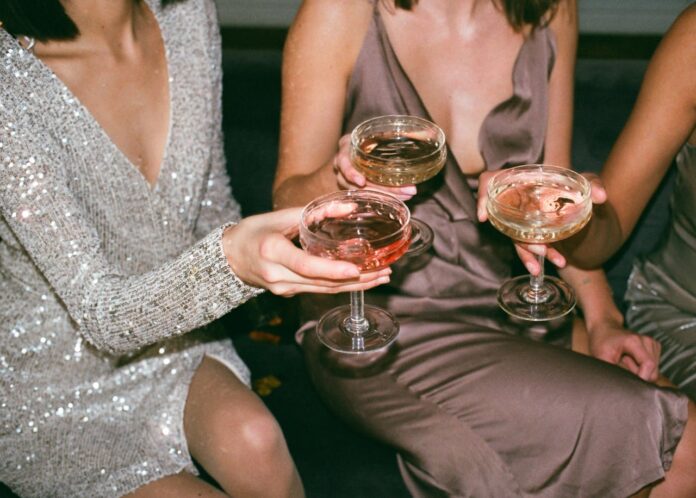Quietly influential and rooted in centuries of craftsmanship, Ruinart is not just the oldest Champagne house. It is one of the most enduring symbols of elegance in the region. Founded in 1729 in Reims, Ruinart has never chased the spotlight. Instead, it built its reputation through precision, patience and a deep respect for Chardonnay. From chalk cellars carved by the Romans to bold collaborations with contemporary artists, everything about Ruinart speaks of legacy expressed not through noise but through nuance.
Ruinart and the birth of a legacy
Founded by Nicolas Ruinart in Reims, the house emerged from an idea sparked by his uncle Dom Thierry, a Benedictine monk fascinated by the experiments of Dom Pérignon. What began as a luxury gift for cloth clients turned into a vision. By 1735, Nicolas abandoned textiles entirely to focus on Champagne. Today, Ruinart still appeals to those looking for something refined yet understated, something boutique, elegant and consistently remarkable.
The magic beneath Reims
In 1768, Claude Ruinart purchased eight kilometers of ancient chalk quarries beneath the city. These crayères, originally dug by the Romans, provide ideal conditions for aging wine, with constant humidity and low temperatures. The vast white caves, some reaching 38 meters deep, are now classified as historical monuments. While none of the house’s bottles from before 1945 survived World War II, the crayères remain central to Ruinart’s production and identity.
Dom Ruinart and the pursuit of excellence
To honor Dom Thierry’s legacy, Ruinart launched its prestige cuvée in 1959: Dom Ruinart Blanc de Blancs, made exclusively from grand cru Chardonnay and aged for at least a decade. In 1966, a rosé version was introduced, blending Chardonnay with a touch of Pinot Noir. Both remain benchmarks of elegance. For its 300th anniversary in 2029, the house is already preparing a special vintage that promises to embody centuries of savoir-faire.
Resilience in the face of war
World War I left the Ruinart buildings in ruins, but the spirit of the house endured. André Ruinart moved operations into the crayères. When those flooded, he famously set up his office on a raft. After his death in 1919, his wife Charlotte took over, a quiet heroine of Champagne history. Though the brand was later sold to Moët & Chandon and is now part of LVMH, it has preserved a distinct identity, favored by sommeliers and collectors seeking exclusivity.
Chardonnay at the core
Often called the chardonnay house, Ruinart redefined its style in the 1990s under cellar master Jean-François Barot. Chardonnay became the foundation of its range, producing wines known for purity, finesse and luminosity. This focus proved especially successful when Ruinart entered the U.S. market in 2006, where chardonnay is the most consumed grape. Clean and expressive, Ruinart’s wines are seen as a refined expression of the varietal.
The art of balance
Ruinart’s distinct taste stems from its careful blending. Grapes are sourced not only from the Côte des Blancs but also from the Montagne de Reims and Côte de Sézanne to achieve harmony. Under cellar master Frédéric Panaïotis since 2007, the house has embraced reductive winemaking. Stainless steel vats, inert gas protection and extended lees aging contribute to its signature style, fresh, elegant and slightly flinty, with remarkable depth.
Champagne as canvas
Ruinart’s commitment to the arts is no recent strategy. In 1895, it commissioned Czech artist Alphonse Mucha to create one of France’s first advertising posters. Since then, the house has collaborated with contemporary artists across the world. One standout is Maarten Baas’s Bouquet de Champagne, a shattered Murano glass chandelier suspended in time. These artworks don’t just decorate, they express the spirit of Ruinart: refined, disruptive and timeless.
The taste of quiet prestige
Ruinart is the Champagne house for those who don’t need to make noise to make an impression. By staying true to its roots while embracing the future, the brand has carved a unique space that values elegance over extravagance, artistry over flash. As it nears 300 years of history, Ruinart continues to be more than a Champagne. It is a statement in taste, restraint and enduring excellence.

